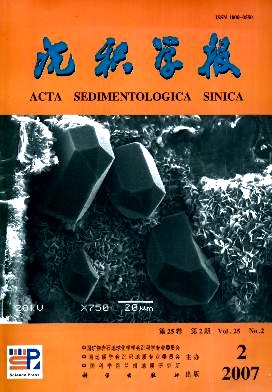Grain Size Characteristics of Flood Sedimentary Environment in Zhongba Site, the Three Gorges Reservoir, Changjiang River
- Received Date: 1900-01-01
- Rev Recd Date: 1900-01-01
- Publish Date: 2007-04-10
-
Key words:
- Zhongba Site /
- paleoflood sediments /
- characteristic of grain size /
- environmental evolution
Abstract: The grain size analysis of sediments from 1981 flood and possible paleoflood in Zhongba Site, the Three Gorges reservoir, Changejiang river shows that their average diameters, sorting coefficients, skew coefficients and kurtosis coefficients are all in the same style, and they bear similar frequency curve of grain size with one crest and similar probability cumulative curve with an obvious pattern of three segments. So it is reasonable to infer that the culture interruption layers are paleoflood deposits. The study on the sedimentary environment based on the AMS14C dating and the age judged by cultural relics reveals that most paleoflood sediments occurred during the warm and wet period, but the paleofloods of the Zhou Dynasty and the middle Song Dynasty occurred during the cold period, possibly, due to the climate hypocirculation of our country and the particular topography of the place. After the Qing Danasty, the average diameters of grain size became much bigger, which suggests the local environment was degradation. The wider range of diameters of grain size and kurtosis coefficients after the Qing Dynasty, especially in modern age indicates that human activities have made the local ecosystem fragile and the climate volatile.
| Citation: | TIAN Xiaosi. Grain Size Characteristics of Flood Sedimentary Environment in Zhongba Site, the Three Gorges Reservoir, Changjiang River[J]. Acta Sedimentologica Sinica, 2007, 25(2): 261-266. |






 DownLoad:
DownLoad: